In 2016, scientists encountered a never-before-seen bear in the Canadian Arctic. While it possessed the features of both a grizzly and a polar bear, its predominantly white fur baffled experts.
Dubbed a “pizzly” or “grolar” bear, this hybrid was the offspring of a rare mating between a polar bear and a grizzly. Since then, sightings of hybrids have been on the rise, signaling a potential consequence of Climate change altering the Arctic landscape.
Charlotte Lindqvist, a biology professor at the University of Buffalo, has been at the forefront of understanding these hybrids. While not yet widespread, sightings indicate a growing trend as polar bears, forced onto land due to melting ice, increasingly encounter other bear species. Lindqvist’s research underscores the long history of gene-swapping among bears, dating back thousands of years.
However, it’s not just bears experiencing hybridization. In Vermont, warming temperatures have led to the unintentional mating of northern pike and chain pickerel, resulting in sterile hybrids.
Shawn Good, a state fisheries biologist, notes the increasing frequency of these hybrids due to earlier spawning caused by warmer springs. While the immediate impact on parent species is limited, the long-term consequences remain uncertain.
Daniel Rubinoff, director of the University of Hawaii Insect Museum, sees hybridization as both a natural phenomenon and a consequence of accelerated climate change.
While it can aid species adaptation, the rapid pace threatens biodiversity. The encroachment of warm-weather species into habitats of cold-adapted ones, such as polar bears and northern pike, highlights the imbalance created by Climate change.
However, not all scientists attribute hybridization solely to Climate change. Michael Arnold, a genetics professor at the University of Georgia, emphasizes habitat loss as a significant factor.
While habitat restoration offers hope, the unprecedented rate of extinction underscores the urgency of addressing both Climate change and habitat destruction.
This article by Trinity Sparke was first published by One Green Planet on 9 April 2024. Image Credit :mcherevan/Shutterstock.
What you can do
Help to save wildlife by donating as little as $1 – It only takes a minute.

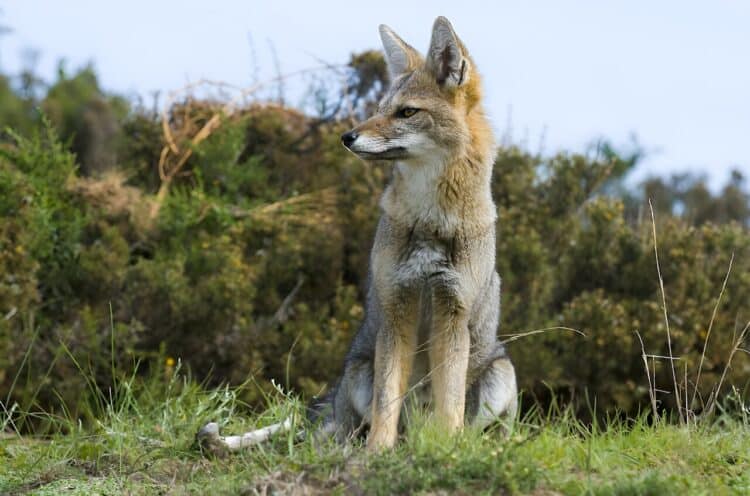
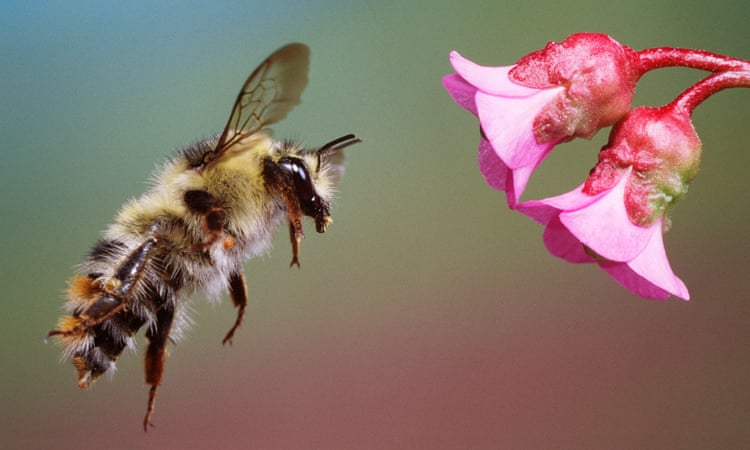
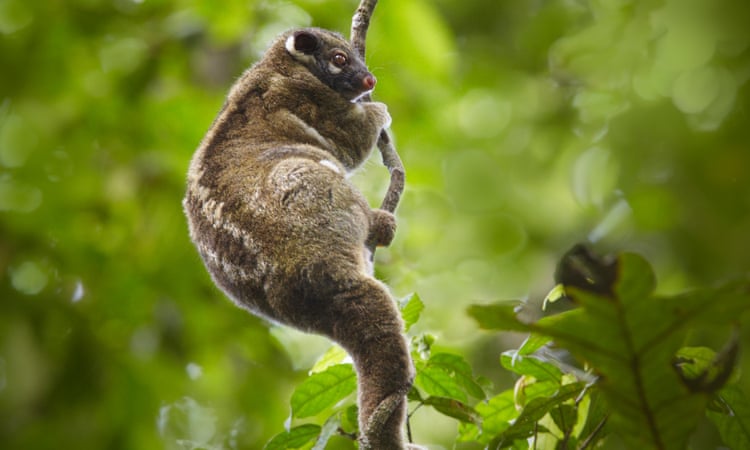
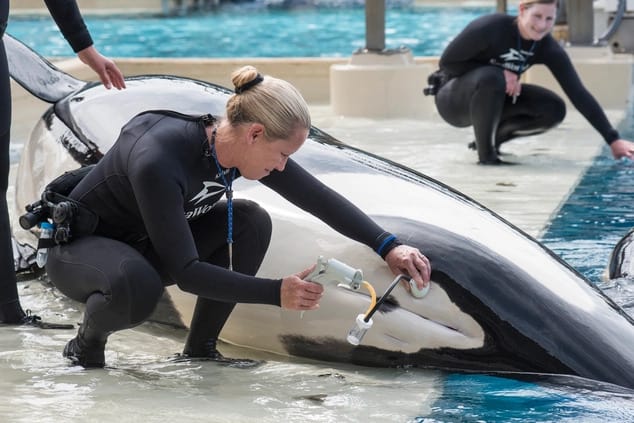
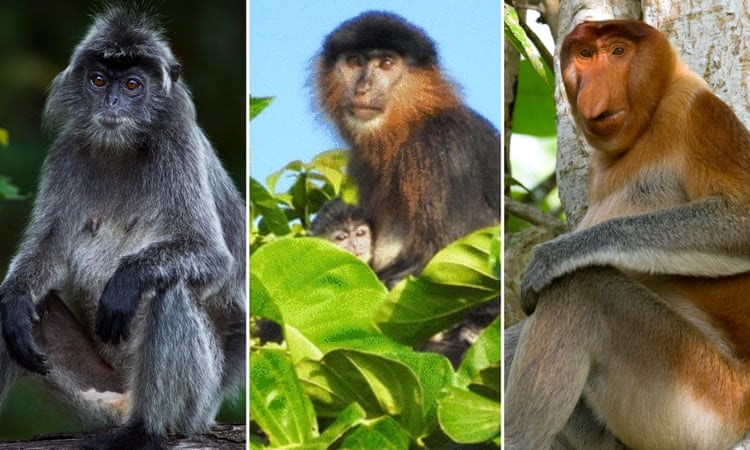
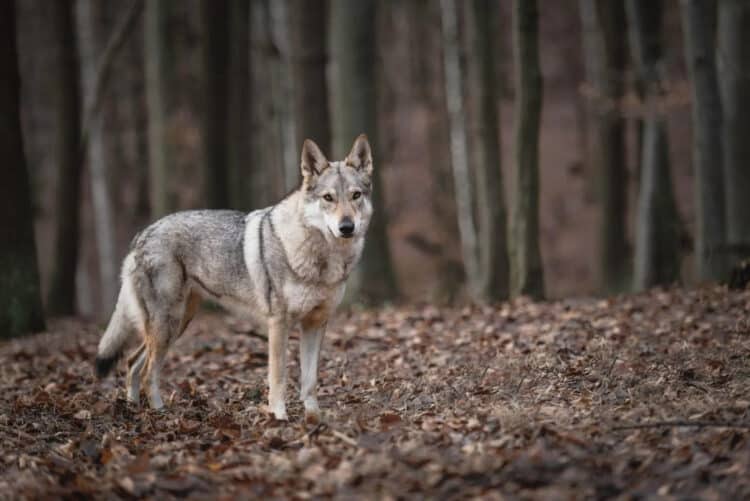
Leave a Reply